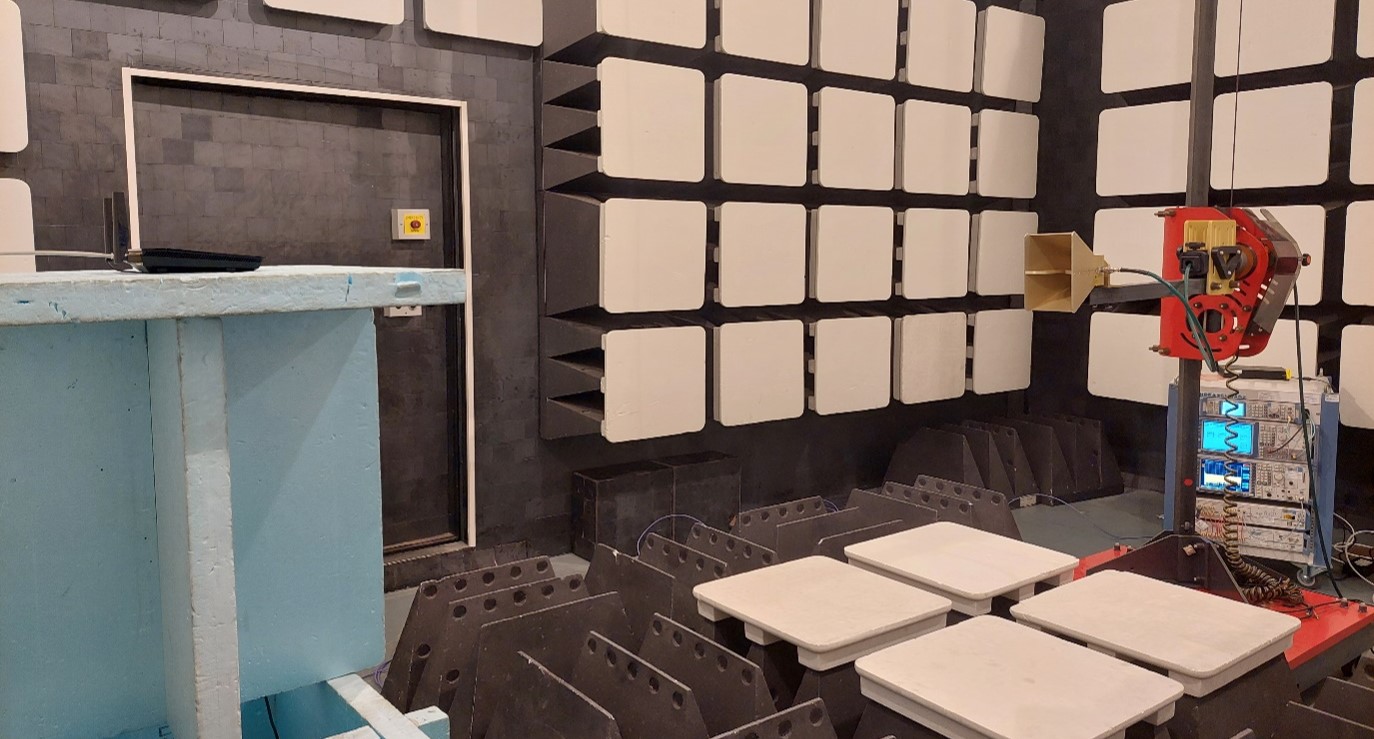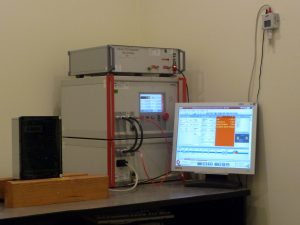The accredited Testing Laboratory in Kaunas performs the tests of electromagnetic compatibility and effective use of the radio frequency spectrum of equipment taken from the market of the Republic of Lithuania (including distance marketing carried out on the Internet platforms by economic operators of the Republic of Lithuania).
By Commission Implementing Decision (EU) 2023/733 of 3 April 2023 designating Union testing facilities for radio equipment and toys in accordance with Regulation (EU) 2019/1020 of the European Parliament and of the Council Article 1, the Communications Regulatory Authority of the Republic of Lithuania is hereby designated as a European Union testing facility for radio equipment. This decision enters into force on 2023 April 24.
In accordance with the paragraphs 5 and 6 of Article 21 of Regulation (EU) 2019/1020 of the European Parliament and of the Council of 20 June 2019 on market surveillance and compliance of products and amending Directive 2004/42/EC and Regulations (EC) No 765/2008 and (EU) No 305/2011, the Testing Laboratory in Kaunas performs tests of radio equipment at the request of the market surveillance authorities of EU countries, the EU Product Compliance Network (EUPCN), the European Commission and other governmental or intergovernmental entities and performs other functions provided for designated EU testing facilities.

Testing Laboratory performs the tests on many types of radio equipment. Effective and efficient use of radio spectrum tests and electromagnetic compatibility tests of radio equipment are performed for data transmission equipment operating in the frequency band 2.4 GHz and 5 GHz and for short-range devices operating between 25 MHz to 1 000 MHz and between 1 GHz to 40 GHz, as well as for other radio equipment.
Testing Laboratory performs the following tests for radio equipment:
- RF output power, Transmit Power Control (TPC) and Power Density tests
- Effective radiated power test;
- Carrier frequencies test;
- Frequency error test;
- Transmitter unwanted emissions in the out-of-band domain test;
- Transmitter unwanted emissions in the spurious domain test;
- Receiver spurious emission test;
- Power spectral density test;
- Occupied channel bandwidth test;
- Adaptivity (channel access mechanism) test.

Testing Laboratory performs various measurements of radiation of electromagnetic emissions in the frequency range from 9 kHz to 18 GHz.
Electromagnetic disturbance emissions tests are performed all year in whether protected OATS and/or anechoic chamber at the distance of 3 m or 10 m.
Testing Laboratory performs these electromagnetic disturbance emissions tests:
Enclosure port:
- Radiated disturbance test in the frequency range from 30 MHz to 18 000 MHz;
- Radiated magnetic field test in the frequency range from 9 kHz to 30 MHz.
AC power port:
- Conducted continuous disturbance test in the frequency range from 9 kHz to 30 MHz;
- Conducted discontinuous disturbance test in the frequency range from 150 kHz to 30 MHz;
- Conducted disturbance power test in the frequency range from 30 MHz to 300 MHz;
- Harmonic current emissions test in the frequency range from 0 kHz to2 kHz;
- Voltage changes, voltage fluctuations and flicker tests.
Wired network port and signal input/output port:
- Conducted continuous disturbance test in the frequency range from 9 kHz to 30 MHz;

Testing Laboratory performs these electromagnetic immunity tests:
Enclosure port:
- Electrostatic discharge (contact and air) immunity test;
- Radiated, radio-frequency, electromagnetic field immunity test;
- Power frequency magnetic field immunity test;
- Pulse magnetic field immunity test.
AC power port:
- Electrical fast transient/burst immunity test;
- Surges immunity test;
- Immunity to conducted disturbances, induced by radio-frequency fields test;
- Voltage dips, short interruptions and voltage variations immunity tests;
- Harmonics and interharmonics including mains signalling at AC power port, low frequency immunity tests.
DC power port:
- Electrical fast transient/burst immunity test;
- Surges immunity test;
- Immunity to conducted disturbances, induced by radio-frequency fields test;
Wired network port and signal input/output port:
- Surges immunity test;
- Immunity to conducted disturbances, induced by radio-frequency fields test.
Updated on 2024-03-21